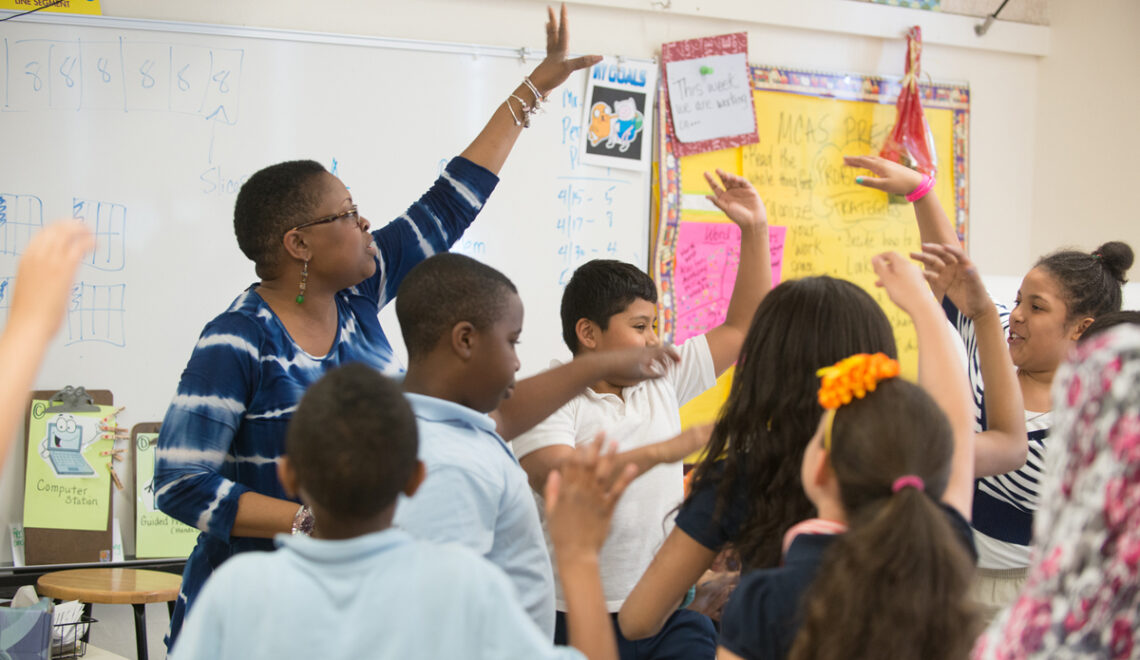
Get Kids Up and Moving: 3 Ways to Incorporate Movement into Your Practice
Introduction:
Incorporating movement into children’s activities and learning environments can significantly enhance their engagement and overall experience. Whether you’re a teacher, caregiver, or parent, finding ways to encourage physical activity alongside learning can have numerous benefits for children’s development. In this article, we’ll explore three effective ways to integrate movement into your practice, fostering a dynamic and enriching environment for kids.
1. Active Learning Stations:
One powerful method to incorporate movement into your practice is by setting up active learning stations. These stations can be designated areas within the learning space where children engage in physical activities related to the subject matter being taught. For example, if teaching math, you might set up a station where kids hopscotch to solve equations or use bean bags to practice addition and subtraction. By intertwining movement with learning, children not only grasp concepts better but also stay actively involved and motivated.
2. Brain Breaks and Energizers:
Integrating short, energizing breaks throughout the day can revitalize children’s focus and attention spans. These brain breaks can include quick physical activities like stretching, dancing to music, or engaging in simple exercises. Research suggests that these breaks not only enhance cognitive function but also promote physical health and well-being. By incorporating brain breaks strategically into your practice, you can create a more dynamic and stimulating learning environment, keeping kids energized and motivated to participate.
3. Outdoor Exploration and Nature Walks:
Taking learning outside can provide endless opportunities for movement and exploration. Organize nature walks or outdoor scavenger hunts where children can observe, interact with, and learn about their natural surroundings. Incorporate educational elements into these outdoor activities by encouraging kids to identify different plants, animals, or geological features. By connecting with nature and moving their bodies in an outdoor setting, children can gain a deeper appreciation for the world around them while also enhancing their physical and cognitive development.
Conclusion:
Incorporating movement into children’s daily activities and learning experiences is essential for promoting engagement, physical health, and overall well-being. By implementing active learning stations, incorporating brain breaks, and embracing outdoor exploration, educators and caregivers can create dynamic and enriching environments that support children’s holistic development. Let’s prioritize getting kids up and moving, recognizing the profound impact it can have on their growth and learning journey.




